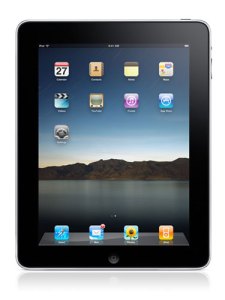
Gearing up for the Mobile World Congress in Barcelona next week, Norway’s Opera Software has revealed it plans to launch a version of its Opera Mini Web browser for the Apple iPad, marking the browser maker’s first explicit foray into the tablet computer market. Opera also announced that some 105 million people use an Opera-based browser every month, with about 90 million on Opera Mini and about 15 million on Opera Mobile.
“Experts all have some date when they claim the mobile Web will overtake the PC Web—we’re watching that transition now,” said Opera co-founder Jon von Tetzchner, in a statement. “But, rather than think of numbers, we think of people. 100 million is the beginning of a new era for the Web.”
Opera may still be struggling to gain a significant share of the desktop and notebook browser market, but the company has had strong success getting its browsers into feature phones, smartphones, and devices like the Nintendo Wii and DSi. At Mobile World Congress Opera plans to unveil new versions of Opera Mini for Android, iPhone, and BlackBerry, as well, as Symbian and J2ME.
Opera was the first alternative browser to become available for the Apple iPhone, and the app’s approval was a test of Apple’s notoriously fickle application approval process. Would Opera for iPhone be rejected because it duplicated functionality already in the iPhone—Apple’s own Safari browser—or would Apple approve it, enabling competition for mobile browsing on iOS? Apple did eventually approve Opera Mini, largely because of Opera’s architecture that mediates all page loads through a server that optimizes content for the Opera client. Opera Mini for iPad will undoubtedly follow a similar design.
“We want our browser to impact lives in a meaningful way,” said Opera CEO Lars Boilesen. “It’s one reason we use mostly renewable resources to power Opera Mini’s servers. It’s why we make it light, so you don’t have to recharge your battery every few hours. It’s why Opera Mini and Opera Mobile can help operators reduce the bandwidth that clogs their networks. A browser may never change the world, but we’ll never stop trying to.”
Editors' Recommendations
- I don’t think Apple wants me to buy the new iPad Pro
- Best phone deals: Save on the iPhone, Galaxy Z Fold 5, and more
- Apple has quietly killed its cheapest iPad
- Apple’s new iPad Air is official, with a lot of big upgrades
- Apple overhauled its two best iPad accessories. Here’s what’s new


